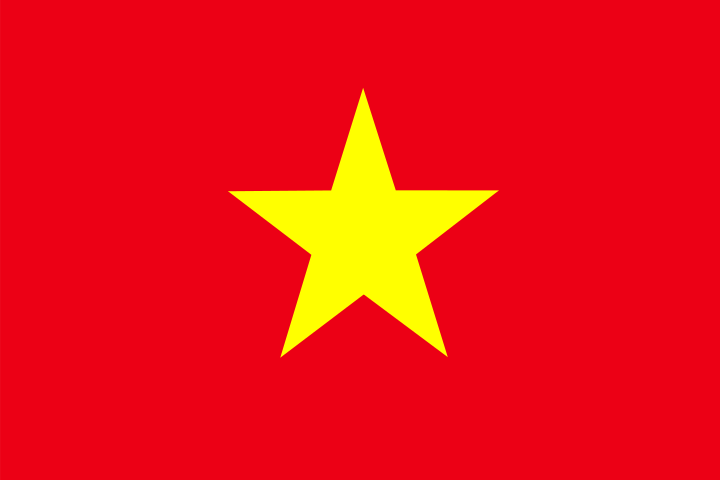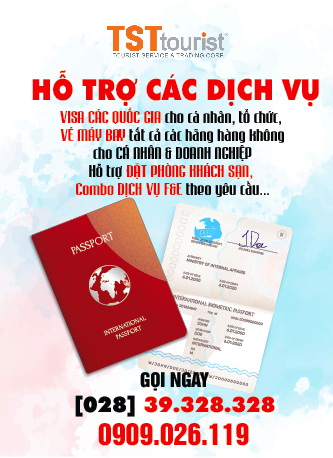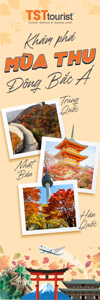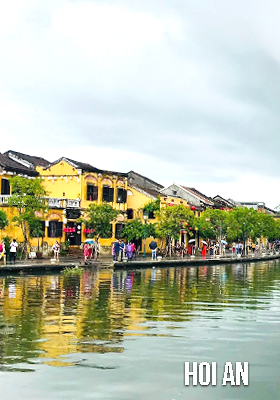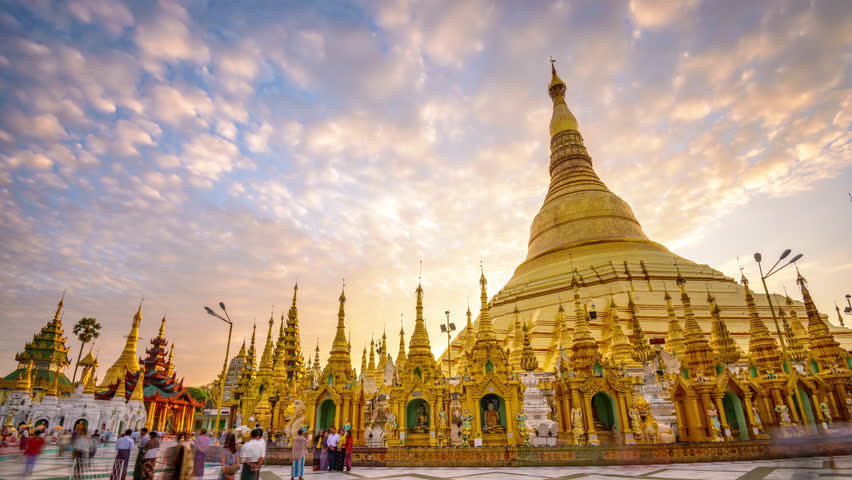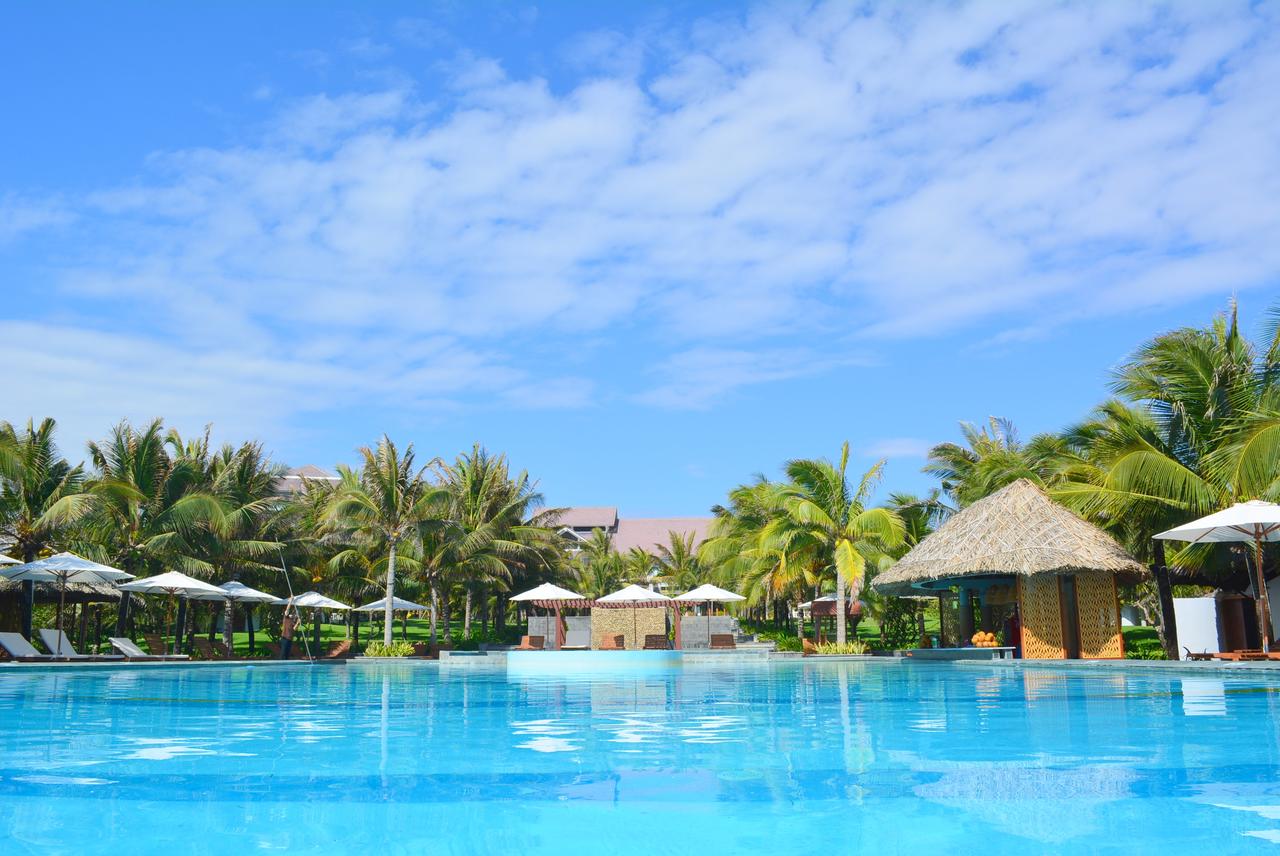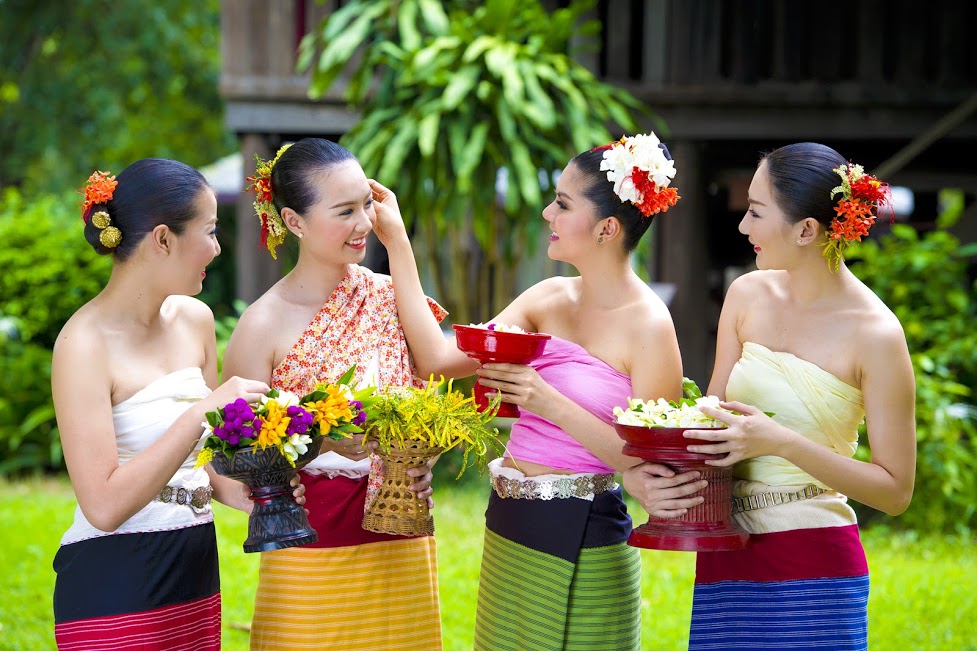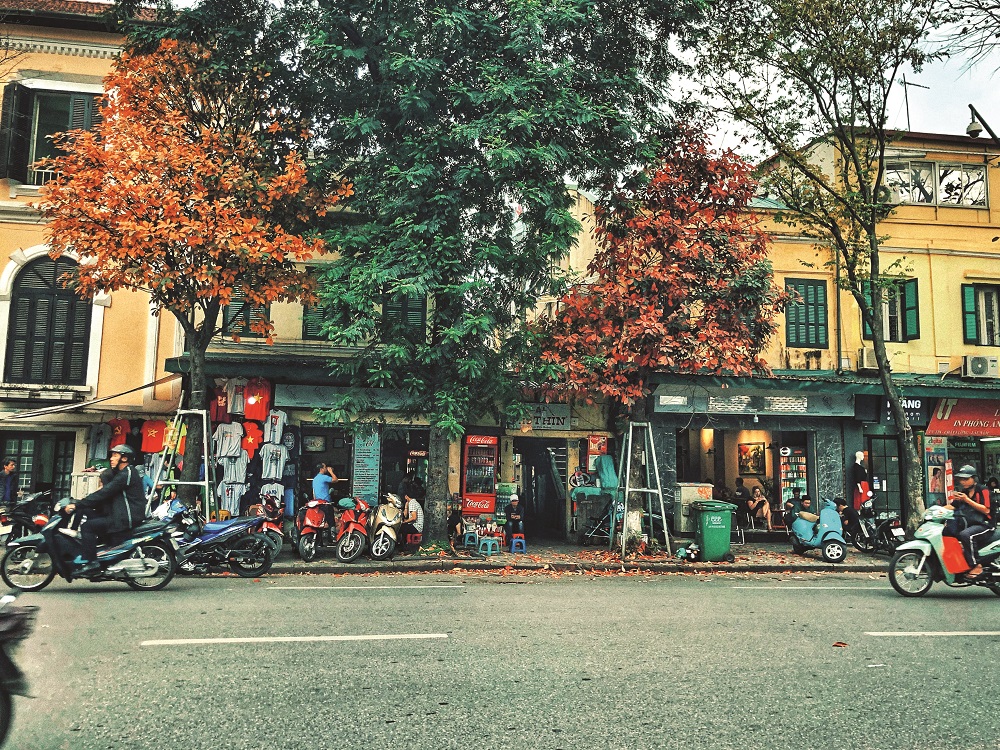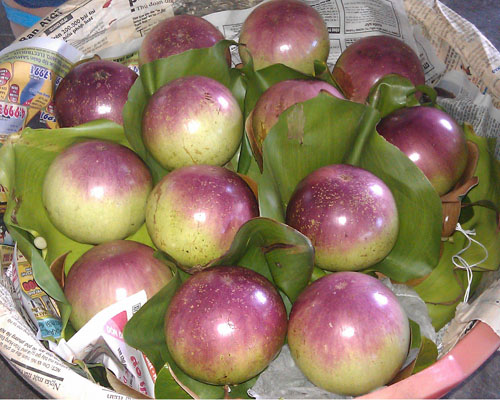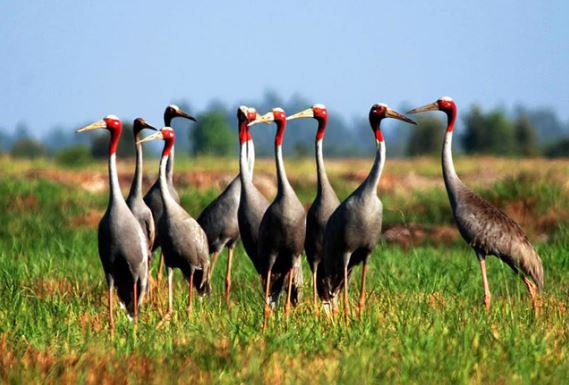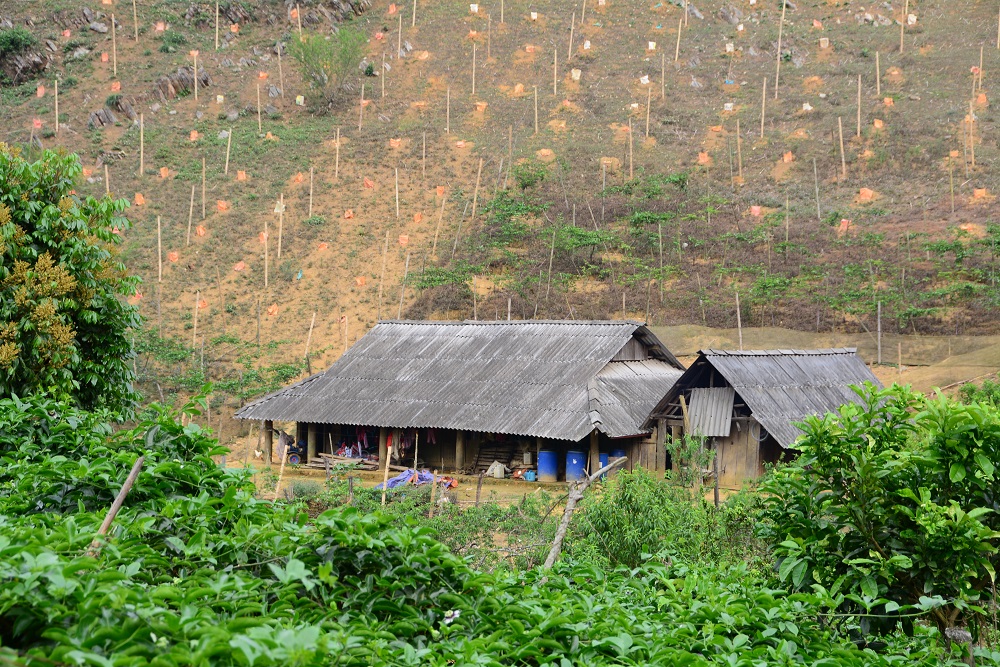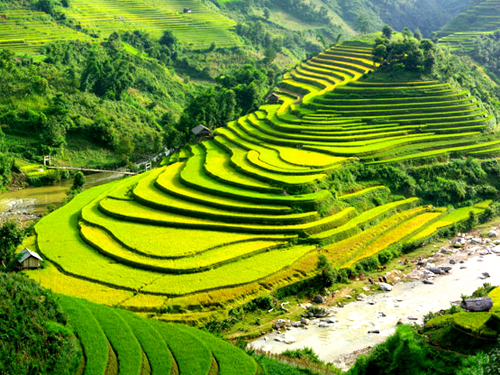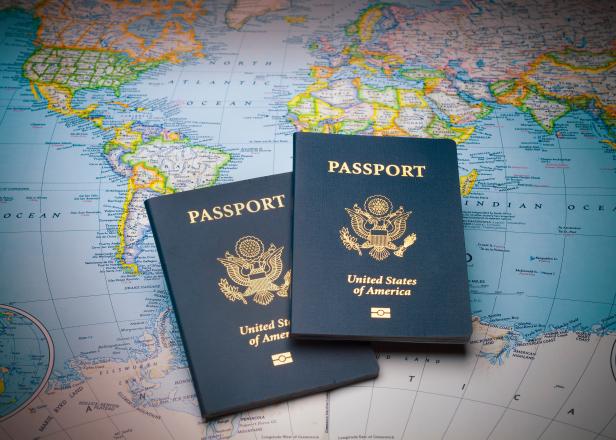- trang chủ
- news
- vietnam destination
- tram chim, a bird paradise
Tram Chim, a bird paradise

A file photo taken in 2010 shows elegant, red-headed sarus cranes in the Tram Chim National Park in Dong Thap Province, 150 kilometers from Ho Chi Minh City.
Located in the Mekong Delta province of Dong Thap, Tram Chim (literally melaleuca (and) bird) is home to 231 species of birds, including 32 protected ones, like the famed sarus crane, cormorant, and darter.
Up to 60,000 birds, mostly waterfowl, live here in the peak rainy season from June through December, according to the World Wide Fund for Nature (WWF).
The park, which spreads over an area of 7,300 hectares, or about 1 percent of the size of the once extensive wetland known as the Plain of Reeds, was established in 1998 by the Vietnamese government to preserve the eco-system of the Plain.
The development also worsened climatic stresses in the low-lying Mekong Delta. Lengthier droughts during the dry season from January through May was making Tram Chim’s forests prone to fire.
Though trees and grasses then grew back rapidly, the park’s officials were held responsible for the fires, no matter what the cause was.
“The elevated dyke system split the ecosystem here and narrowed the biodiversity,” Hoang Viet, wetlands and climate change coordinator for WWF Vietnam, said, based on a joint study by his agency and the park.
The study pointed out that the new dyke system hampered the migration of fish while high water levels killed off melaleuca trees and eleocharis – food for the sarus crane.
“In 2008 the WWF began to work with Tram Chim officials and scientists to devise a new water management plan that mimics the historical Mekong hydrological regime,” Viet said.
Under this plan, which was a highlight of a US$195,000 project from 2008 to 2011 funded by the Coca-Cola Company to restore the habitat in Tram Chim, parts of the dyke system were lowered and water levels were monitored more closely to make water flows more natural.
“But for the ecosystem of the wetland, fires don’t mean destroying everything. Indeed, after fires, some plants including eleocharis grow even better. Thus, to restore the habitat, please don’t conclude that Tram Chim (management board) is guilty if fires happen.
In late 2013 the WWF, with funds from Coca-Cola, launched the second phase of the restoration project. In this phase, which cost $180,000, the environmental group continued to assist the park management to monitor the hydrological regime.
“Besides, we continued to let poor surrounding residents fish in limited amounts in the park and provide tourism services to improve their incomes,” Viet said.
“The number of birds living in the park during the rainy season increased from 20,000 in 2008-09 to 50,000-60,000 last year,” Viet said.
The number of visitors is also on the rise, especially since Tram Chim entered the Ramsar list as a “wetland of international importance” in 2012.
Ramsar, an international treaty named after the city in Iran where the convention was signed in 1971, is used to honor wetlands that have maintained their ecological character through sustainable management.
The park management plans to offer new services like cycling and electric car tours in the near future in addition to existing ones like sightseeing tours by boat, trekking, rice harvesting, fishing, food, and accommodation.
Hung said the local government has agreed to provide VND5.5 billion ($258,000) to buy new solar or battery-powered boats to replace the current diesel ones, which are too loud and startle the birds.
Many residents in the surrounding areas are joining as boat pilots or tour guides, but Dr Vu Ngoc Long, director of the Southern Institute of Ecology, is not satisfied.
“The community here should be helped to provide tourism services that promote local culture such as homestay, local cuisine and handicrafts. This would also help locals improve their incomes,” he said.
While appreciating the WWF project’s results, Long recommended devising a more efficient water management plan to restore eleocharis fields in the park, thus attracting more sarus cranes.
“The number of sarus cranes coming to the park is still very low, compared with more than 300 in Cambodia’s Anlong Pring,” he said.




Women in ao dai (Vietnamese traditional dress) pose for a photo in a xyris indica field in the Tram Chim National Park on January 31, 2015. The park plans to offer tours of xyris indica fields during the blossom season from December 2015 through March 2016. Photo: Le Hoang Long/Tram Chim National Park





A photo taken on February 26, 2015, from an observation tower in Tram Chim park. A boat tour typically stops at the 15-meter high observation tower so that tourists can climb up and get a bird's-eye view. Photo: Thao Vi



Sarus cranes come to the Tram Chim park for food on March 15, 2015. Tourists are provided with binoculars to see the cranes from a distance of around 300 meters. Photo: Nguyen Van Hung/Tram Chim National Park
| HOW TO GET THERE |
|
Tram Chim National Park
Address: Tram Chim Town, Tam Nong District, Dong Thap Province, around 150 kilometers from Ho Chi Minh City.
Tel: 067.3827 307
For direct buses from Ho Chi Minh City to Tram Chim park, visitors can call Hung Cuong Transportation Co. at 08.3955 6844. For the return leg, they can call the same company at 067.3829.468. Or tourists can take a bus from Mien Tay Bus Station in HCMC to Cao Lanh Town in Dong Thap Province. From Cao Lanh, take another bus to go another 38 kilometers to reach Tram Chim park. |
Source: Thanh Nien News
- Sapa, a watercolor painting in winter 22/11/2019
- Impressive Northwest 10/10/2019
- The golden autumn of Hanoi 04/10/2019
- Son Doong Cave tours booked out until end 2016 after US TV appearance 19/05/2015
- Star apples in Lo Ren-Vinh Kim 19/03/2015
- Explore the green space of Vam Ho 22/05/2019
- A date with Mai Chau golden season 21/05/2019
- Indistinct colors of Trang An in spring 20/05/2019
- Hoi An Ancient Town never gets old 20/05/2019
- Anantara Quy Nhon Villas 20/05/2019
Business hours:
- From 8:00 - 18:00 Mon - Fri
- From 8:00: 12:00 Saturday
International Tour Operator License No: 79-162/20/2014/TCDL-GP LHQT.


